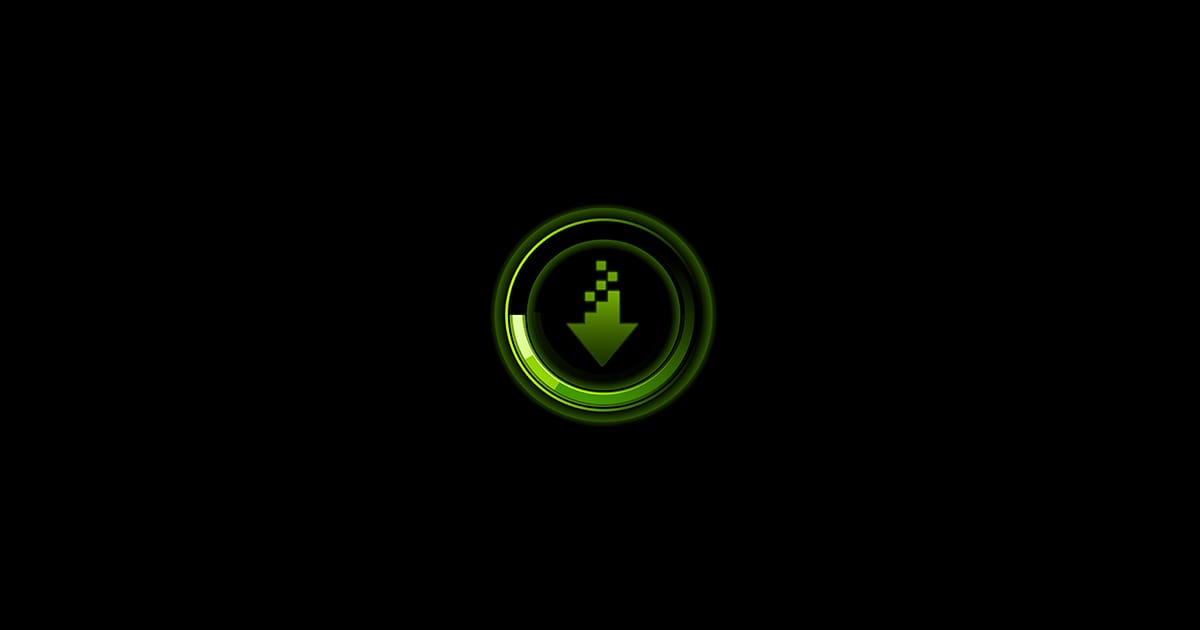z790
Member
- Local time
- 11:04 PM
- Posts
- 26
- OS
- Windows 11
Here is the DropBox link for V2 log collector: Dropbox
I would like some help trying to diagnose BSOD issues please.
22 May: PC restarted with no BSOD but a minidump was produced.
01 June: BSOD after being woken from sleep (STOP CODE: SYSTEM_THREAD_EXCEPTION_NOT_HANDLED - minidump was produced.
06 June: PC froze completely and restarted itself after about 30 seconds. No BSOD but a minidump was produced.
Thanks
I would like some help trying to diagnose BSOD issues please.
22 May: PC restarted with no BSOD but a minidump was produced.
01 June: BSOD after being woken from sleep (STOP CODE: SYSTEM_THREAD_EXCEPTION_NOT_HANDLED - minidump was produced.
06 June: PC froze completely and restarted itself after about 30 seconds. No BSOD but a minidump was produced.
Thanks
- Windows Build/Version
- 22631.3672
My Computer
System One
-
- OS
- Windows 11
- Computer type
- PC/Desktop
- CPU
- Intel Core i7 processor 14700K
- Motherboard
- Gigabyte Z790 AORUS ELITE AX (rev. 1.1)
- Memory
- Corsair 32GB (2x16GB) CMK32GX5M2E6000C36 Vengeance CL36 6000MHz DDR5 RAM - Black
- Graphics Card(s)
- Gigabyte GeForce RTX 4070 Eagle OC V2 12G
- Monitor(s) Displays
- Samsung LF24T35
- Screen Resolution
- 1920 x 1080 pixels
- Hard Drives
- Samsung 2TB 990 Pro M.2 NVMe SSD - MZ-V9P2T0BW
Crucial MX500 1TB SATA 2.5-inch
HITACHI HTS545050A7E362
- PSU
- Corsair 850W RM850x SHIFT 80+ Gold Fully Modular ATX
- Case
- Corsair 4000D Airflow TG Mid Tower ATX
- Cooling
- Noctua NH-U12S PWM Chromax Black
- Keyboard
- Typhoon Pro MK12
- Mouse
- Razer DeathAdder V2
- Internet Speed
- Intel Wi-Fi 6E AX211 160MHz
- Browser
- Google Chrome
- Antivirus
- Windows Security












